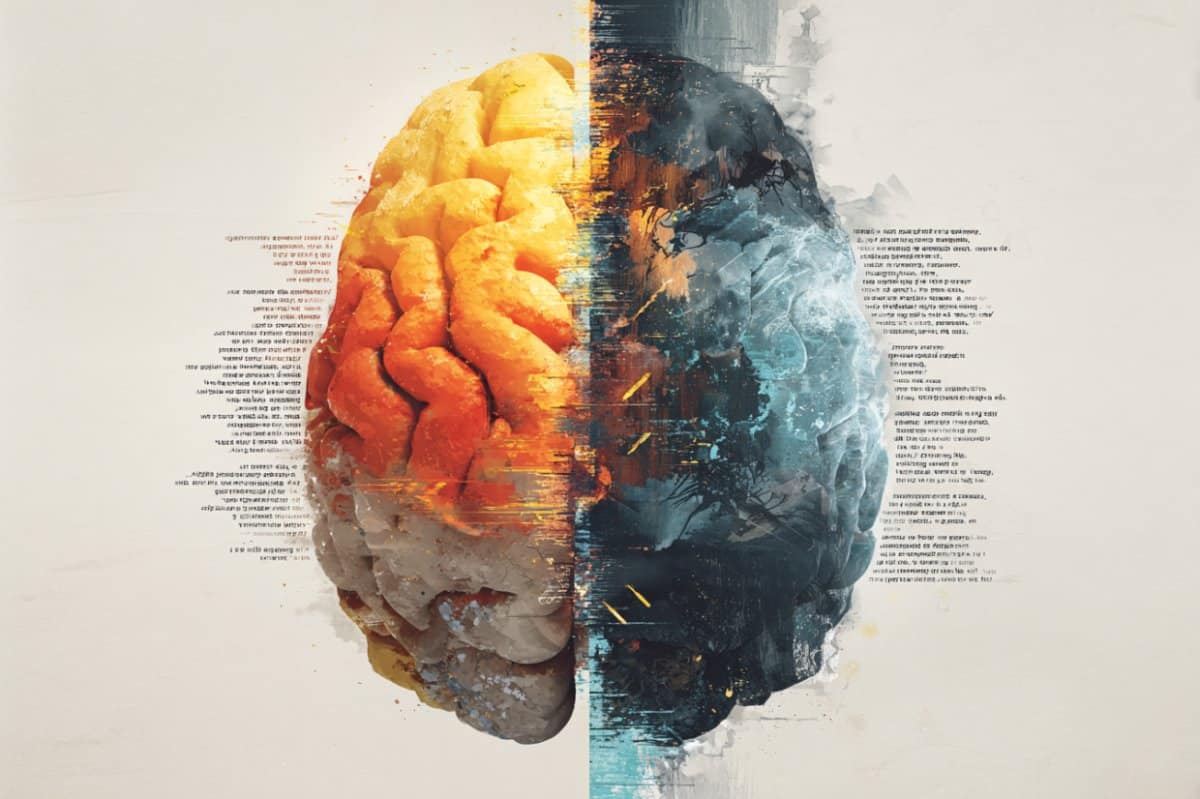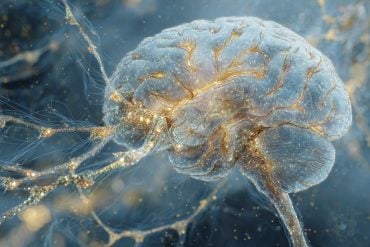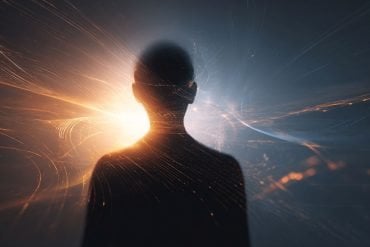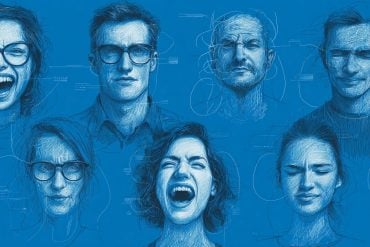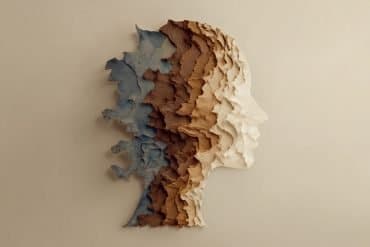Summary: The way an event is described—through feelings or sensory detail—changes how the brain stores and recalls it. In this study, participants listened to stories that emphasized either conceptual details (thoughts and emotions) or perceptual details (sights and sounds).
Brain imaging showed that these two types of narratives activated distinct memory networks, which later predicted how well listeners recalled the core story events. The findings suggest that storytelling style can sculpt memory formation and may help tailor communication to different audiences, including age groups.
Key Facts:
- Dual Memory Systems: Conceptual storytelling activates emotional and interpretive brain networks, while perceptual storytelling engages sensory-focused areas.
- Predictive Recall: The type of brain activity during listening forecasted how well participants remembered story details later.
- Applied Insight: Matching communication style to a listener’s preferred memory system—conceptual or perceptual—may improve memory retention.
Source: SfN
Does the way a person hears about an event shape their recollection of it later?
In a new Journal of Neuroscience paper, Signy Sheldon and colleagues, from McGill University, explored whether different storytelling strategies affect how the brain stores that experience as a memory and recalls it later.
The researchers created narratives with the same core events, but different elaborative details. These elaborations had two different focuses: (1) conceptual details, which describe a person’s feelings and interpretations while experiencing core events, and (2) perceptual details, such as a person’s concrete observations about core events.
Neuroimaging revealed that when the 35 study participants remembered the stories later, different memory networks in the brain were involved.
Notably, the distinct conceptual and perceptual brain networks that were active while listening to these different types of stories could predict how well participants later recalled the core elements of the story.
This study suggests that how people hear about an event shapes the way their brain makes a memory of that experience. Sheldon elaborates on what this could mean: “There is a lot of work in the field to show that individuals and groups prefer different memory systems.
“For example, older adults tend to engage the conceptual memory system more than younger adults, who prefer to engage the perceptual memory system when experiencing an event.
“This would mean that older adults may process events described with conceptual details better than younger adults.
“If this is the case, this could help us tailor information to different age groups to improve memory. This is something we are hoping to test in the future.”
Key Questions Answered:
A: They explored how different storytelling approaches—conceptual versus perceptual—shape memory formation and recall.
A: Listening to conceptually rich stories activated emotional and interpretive brain regions, while perceptually rich stories engaged sensory networks.
A: It shows that the way we tell or hear stories influences memory pathways in the brain, potentially allowing communication to be tailored by age or learning preference.
About this memory and neuroscience research news
Author: SfN Media
Source: SfN
Contact: SfN Media – SfN
Image: The image is credited to Neuroscience News
Original Research: Closed access.
“Hippocampal–Cortical Networks Predict Conceptual Versus Perceptually Guided Narrative Memory” by Signy Sheldon et al. Journal of Neuroscience
Abstract
Hippocampal–Cortical Networks Predict Conceptual Versus Perceptually Guided Narrative Memory
Current theories of event memory propose distinct connections between the hippocampus and neocortical regions, particularly those within the default mode network (DMN) subsystems, to support processing different types of content in memory.
It has been established that hippocampal connectivity supports integrating this disparate content into unified event memories, suggesting that changing the way that an event is described could change the underlying hippocampal neural network.
To address this knowledge gap, we developed event narratives that described the same core story (e.g., grocery shopping) with identical central story details described with additional descriptive details that were conceptually or perceptually related to the story.
Using fMRI, we established hippocampal connectivity patterns as a group of human participants (N=35, of any sex) encoded these narratives, and then related these patterns to later memory for the narrative details.
Consistent with prior work, we found that the conceptual narratives were associated with stronger anterior hippocampal connectivity to regions within the core and dorsomedial DMN subsystems, and a portion of this connectivity pattern predicted memory for the core story of the narrative.
The perceptual narratives were selectively associated with anterior hippocampal connectivity to parietal and lateral temporal regions and regions outside the standard DMN, in relation to memory performance.
These results provide new insights into hippocampal and DMN functional organization and how distinct neural components contribute differently to event memory.


